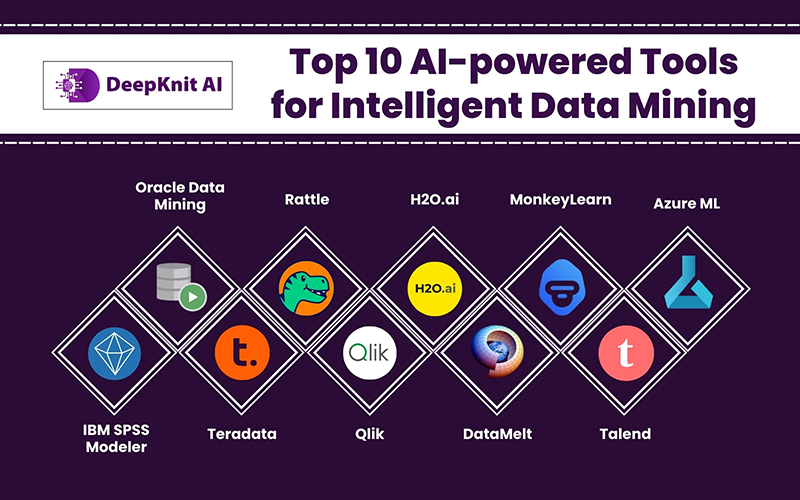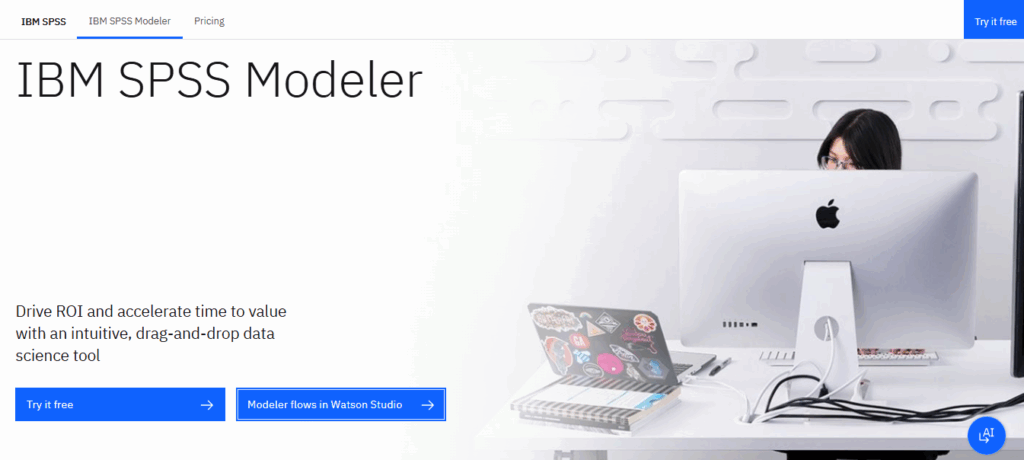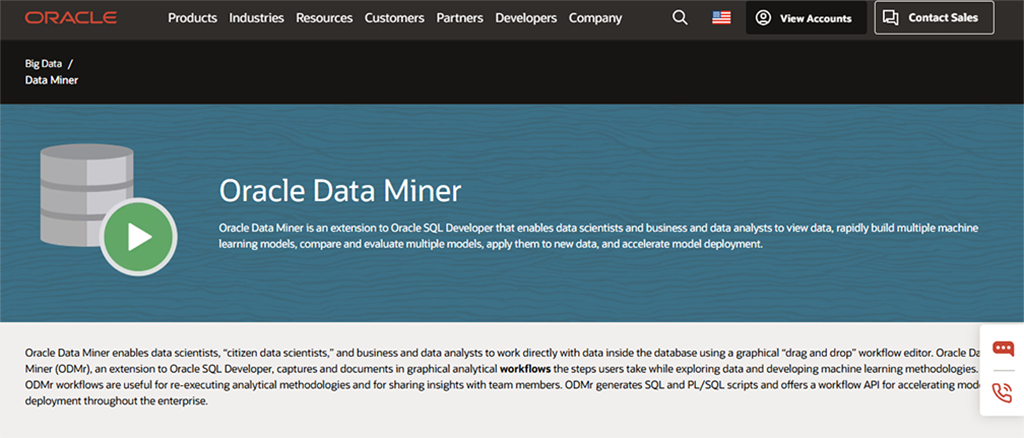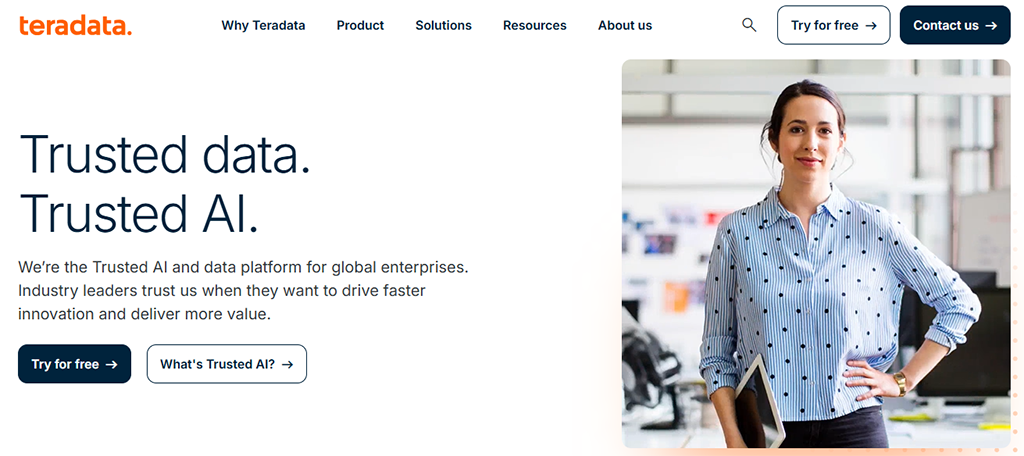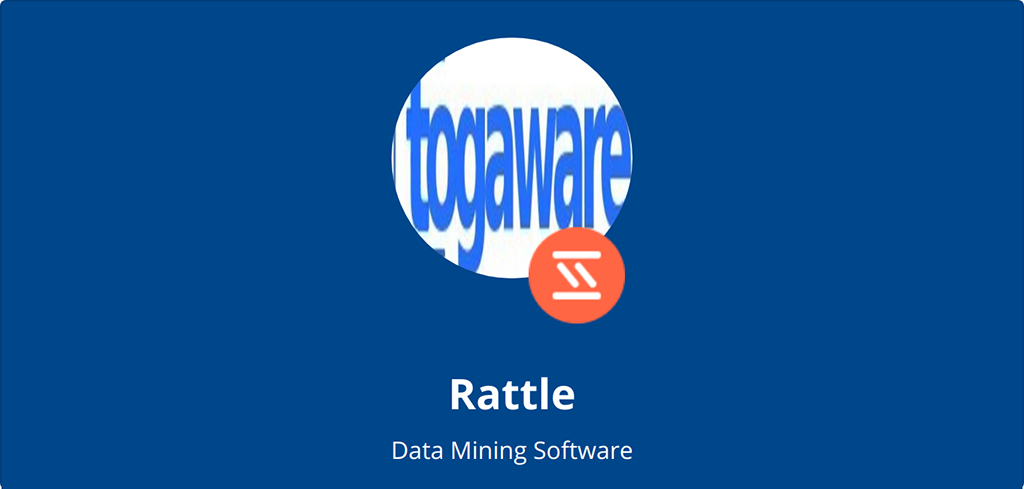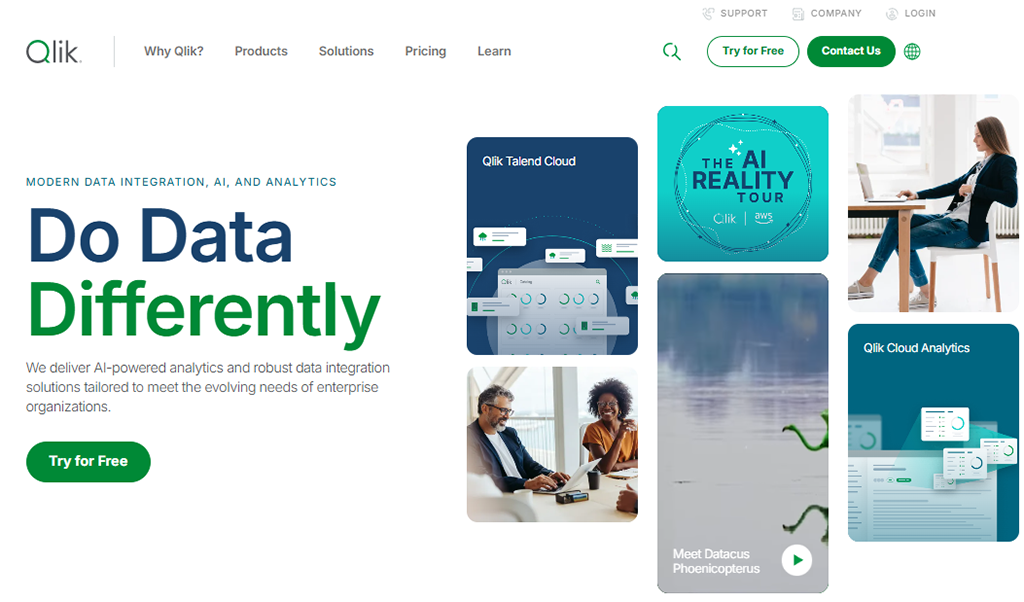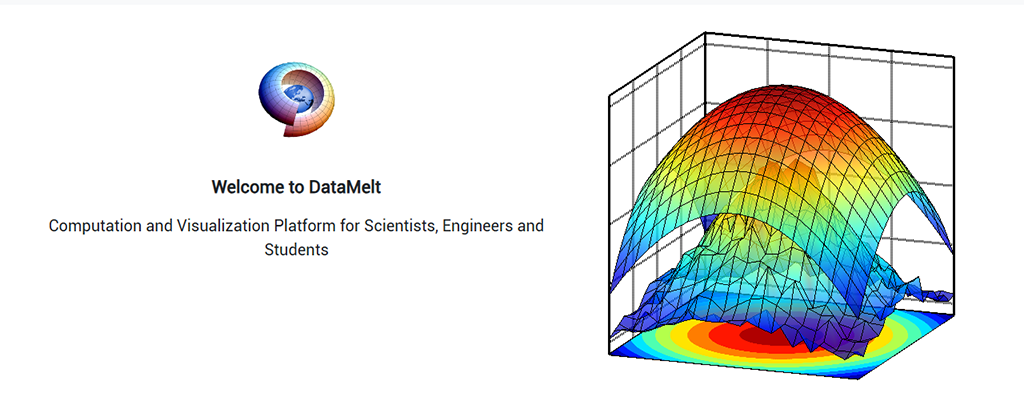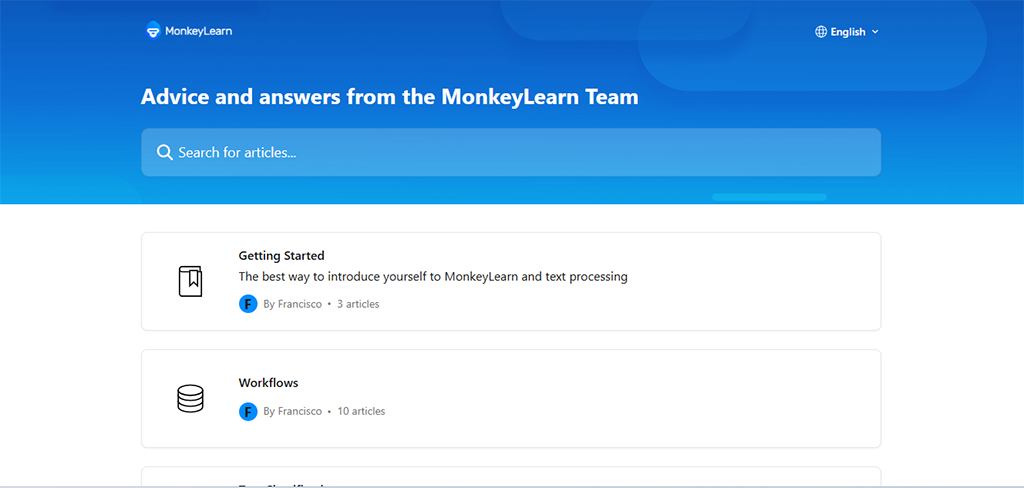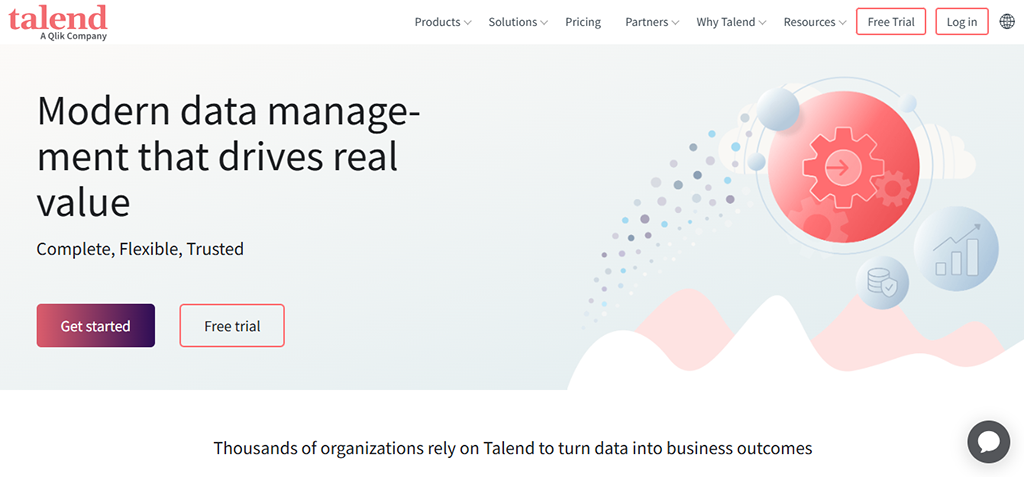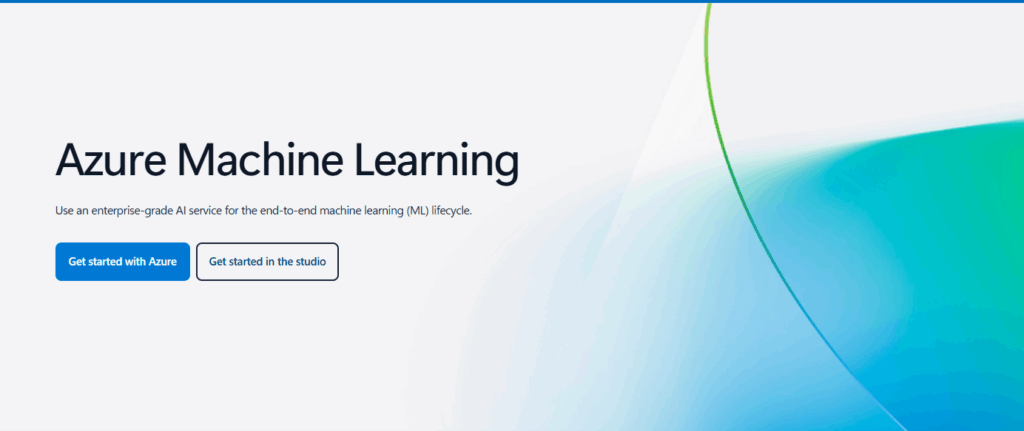To understand the relevance of AI-powered tools for intelligent data mining, we must first understand the importance of data in this digital era.
When it comes to data volumes, you must have heard the terms gigabyte (GB), terabyte (TB), petabyte (PB), zettabyte (ZB) and so on.
| Data Storage | Units |
|---|---|
| Bit | 1 or 0 |
| Byte | 8 bits |
| Kilobyte | 1,000 bytes |
| Megabyte | 1,000 kilobytes |
| Gigabyte | 1,000 megabytes |
| Terabyte | 1,000 gigabytes |
| Petabyte | 1,000 terabytes |
| Exabyte | 1,000 petabytes |
| Zettabyte | 1,000 exabytes |
| Yottabyte | 1,000 zettabytes |
Just to give you a perspective, 1 ZB = 1 billion TB.
Now, if you think that’s a whooping amount of data, Statista states in one of their reports that the volume of data generated everyday by individuals by means of creating, capturing, copying and consuming stood at 402.74 million TB in 2024. That translates to 149 ZB annually, and this is expected to increase to 181 ZB annually by the end of 2025.
And from a business point of view, data is everything for its sustenance, and from customer reviews and comments to supply chain logs, FAQs and more, the sheer volume of data generated on a daily basis is exponentially on the rise, and to manually analyze this is not just feasible anymore.
Data mining – the process of discovering hidden patterns and relationships within large datasets – is the answer that industries have long been employing to address this challenge. In due course, as the volume of data kept increasing, and manual data mining proved inadequate, automated data mining processes supported by AI became the default answer to this ever-evolving challenge.
The new-age AI-enabled data mining tools have evolved to seamlessly incorporate various data mining techniques like classification, clustering, regression, and association rules to:
- Find hidden trends or models
- Understand customer behavior
- Improve decision-making
- Forecast business outcomes
- Detect fraud and security threats
Top 10 AI-powered Tools for Intelligent Data Mining
Now that you have learned about the relevance of data and data mining, without much ado, let’s take a look at 10 of the best AI-powered platforms for business data mining.
You can take a look at some of the other tools here.
- IBM SPSS Modeler
This is an open-source, low-code machine learning enterprise-wide solution that provides smart data mining and visualization tools developed by IBM. Best suited to fulfil an organization’s enterprise-level governance and security needs, this tool can be used for data preparation, predictive modeling with AI algorithms, model management, and deployment across various industries.
Image Source:
Key Features
- Drag-and-Drop Interface: Users with less experience can also use it because of its no-code/low-code environment to create data processing and modeling steps.
- Multiple Algorithms: Supports Decision Trees, Neural Networks, Regression (Linear, Logistic), Time Series, Support Vector Machines, Clustering (K-Means, Two-Step)
- Broad Data Source Support: Works well with all types of data sources like databases, big data (Hadoop), spreadsheets, flat files, and cloud sources.
- Data Preparation Nodes: Easily detects missing values, outliers, type conversions, etc.
- Model Evaluation: ROC curves, gains charts, confusion matrices, lift charts.
Advantages
- Well suited for beginners and advanced users as there is no programming required, but also supports Python, R, Spark etc.
- Visual streams are made easy with fast prototyping.
- Integrates well with IBM Cloud Pak for Data and Watson Machine Learning.
- Offers support for big data platforms and large datasets.
- It is a highly scalable solution.
Use Cases: Marketers can use this tool to predict customer churn, while the banking sector can use this for fraud detection and credit analysis. Healthcare professionals can use it to analyze treatment outcomes and predict patient readmission.
- Oracle Data Mining (ODM)
Coming as a built-in feature of Oracle Database, ODM lets you execute data mining by means of pattern discovery, correlation detection, finding insights directly from data stored in database without having to export it to an external analytics tool. It supports SQL, PL/SQL and a range of machine learning algorithms to deliver predictive modeling with AI algorithms, classification, clustering, and anomaly detection.
Image Source:
Key Features
- SQL integration: Besides building, training, testing, and applying models directly using SQL and PL/SQL, it can also embed predictions inside queries for real-time scoring.
- In-database Mining: Because there’s no need to move data outside Oracle Database, it can minimize latency, improve security, and leverage the database’s scalability.
- Multiple Algorithms: Supports Classification, Regression (Linear and non-linear), Clustering (K-Means, O-Cluster), Anomaly Detection, and Association Rules.
- Drag-and-Drop Interface: Data mining tasks are made easy with ODM GUI (a SQL Developer extension) that allows drag-and-drop workflow designs.
- Model Management: It supports model versioning and metadata tracking by means of creating, storing, evaluating, and deploying models within the database.
- Text Mining: It also includes capabilities for text mining that enables the analysis of unstructured text data.
Advantages
- Easy to deploy for enterprises already using Oracle database as it is an in-built solution.
- Highly secure as the data stays inside Oracle DB and there’s no need of exporting data to an external source.
- It provides real-time data access and refresh as access to the most up-to-date data within the database.
- It works well with Oracle BI, Oracle Application Express (APEX), and Oracle Analytics Cloud, and enables end-to-end analytics pipeline without having to leave Oracle’s environment.
- Provides good security and compliance as data never leaves the database, and supports strict regulatory requirements like GDPR, HIPAA, etc.
Use cases: ODM can be used by manufacturers to predict machine maintenance by forecasting equipment failure from sensor data. Retailers can use this for customer segmentation by buying patterns, and identify products to cross-sell or up-sell. Financial institutions can use this for fraud detection.
- Teradata
An enterprise-grade relational database management system (RDBMS) and analytics platform originally built for large-scale data warehousing, Teradata has evolved a modern platform with cloud-based AI tools for predictive business insights, and hybrid analytics platform (Teradata Vantage). It is capable of handling large volumes of data and complex queries across multiple servers with its Massively Parallel Processing (MPP). Teradata enhances business intelligence, real-time decision-making, and predictive analytics, and is available on-premises, in the cloud, and in hybrid environments. All these make Teradata one of the best AI-powered platforms for business data mining.
Image Source:
Key Features
- Massively Parallel Processing (MPP): It can distribute tasks across multiple nodes for high-speed query execution and scalability.
- Predictable Scalability: With every new node added, its performance scales predictably.
- Shared-nothing Architecture: Each node of Teradata operates independently with its own CPU, memory and storage, reducing bottlenecks.
- In-database Analytics: It allows for running analytics directly where the data resides, thereby avoiding unnecessary data movement.
- Workload Management: Teradata prioritizes and assigns resources based on the requirements of the workload.
- High Availability: It ensures high availability with its fault tolerance and automatic data redistribution features.
- Integration: It easily integrates with modern tools like Spark, Python, R, Tableau, Power BI, etc.
Advantages
- Teradata is industry agnostic and can be used anywhere.
- It ensures performance at scale by handling petabyte-scale data with minimum latency.
- It is available on-premises, in public cloud (AWS, Azure, Google Cloud), and as Teradata Vantage (cloud-first analytics platform).
- It reduces hardware and operational cost by optimizing storage by means of multi-temperature data storage, and workload prioritization.
- It offers strong security and compliance features.
Use Cases: It is used by the travel and hospitality industry for customer loyalty analytics; and by the banking and financial sector for fraud detection, risk management, customer segmentation, and regulatory reporting. Retailers can leverage this tool for customer behavior analysis, personalized recommendations, sales forecasting, and inventory management. It also finds applications in the Government sector for population statistics, and policy impact analysis.
- Rattle
Rattle is an open-source graphical user-interface (GUI) that provides smart data mining and visualization tools based on R programming language. Its user-interface is so designed as to make data mining easy even for users who are not very familiar with R codes. It includes an integrated log code tab that generates duplicate code for all GUI activity, and its data set is available for viewing and editing. The unique property of this tool is that it allows others to evaluate the code, use it for a variety of applications, and expand it without restriction.
Image Source:
Key Features
- GUI-based: Enables data mining without writing R scripts with its point-and-click interface.
- Data Import: Users can load data from Excel, databases, R datasets or CSV.
- Data Exploration: Rattle enables visualizations, summary statistics, and correlations.
- Data Transformation: It can handle missing values, normalization, filtration, and variable selection.
- Multiple Algorithms: Supports random forests, gradient boosting, decision trees, k-means clustering, neural networks, vector machines, and more.
- Model Evaluation: Confusion matrices, cross-validation, ROC curves.
- Export Options: Save results, models, and generated R scripts for further customization.
Advantages
- It is open-source and free for users.
- Suited even for beginners as it lowers the barrier to entry for data mining in R.
- Rattle generates the R code automatically for the analysis you perform in the GUI, so you can learn, store, and reuse it.
- It lets users to see and learn the actual R code behind the GUI actions.
- Rattle integrates with R’s powerful statistical and visualization libraries.
Use Cases: It is used for teaching data science at many universities including Harvard, Australian National University, MIT, Stanford and others. Used world-wide by many independent consultants, data scientists, and major AI companies like Google, Meta, Microsoft and others, it can also be used for quick prototyping and predictive models.
- Qlik
Qlik is a popular BI tool used for data visualization, integration and analysis sharing. The simple drag-and-drop interface of Qlik enables users to respond quickly to changes and interactions. Its associative data model lets you explore data relationships freely without being limited to predefined drill-down paths. It also supports a variety of data sources as well as seamlessly integrates with a variety of application formats via connectors and extensions, a built-in app, or a set of APIs.
Key Features
- Associative Data Model: It makes it easier to find hidden insights as it lets you explore all possible data relationships without being limited to a predefined query path.
- Smart Visualizations: It provides users with a highly interactive and customizable dashboard.
- Self-service BI: Users can create their own reports and dashboards, sans heavy involvement by IT department.
- AI and Augmented Analytics: Qlik enables natural language queries and automated insight generation.
- Security and Governance: It provides role-based access control, encryption, and centralized governance for data security and integrity.
- Cross-platform Access: Qlik works seamlessly across desktops, tablets, and mobile devices without extra development.
Advantages
- Associative model enables users to uncover relationships missed by query-based tools.
- Its drag-and-drop interface makes it easy for even non-technical users.
- It supports both cloud and on-premises deployment, making it adaptable to IT infrastructure.
- It offers strong community and market place with active user forums, integration plugins and extensions.
- Qlik connects to live data sources for up-to-the-minute insights.
Use Cases: Retail chains can track trends, view inventory turnover, and customer satisfaction scores in one dashboard. Marketers can use Qlik to analyze lead sources, conversion rates, and customer lifetime value. Insurance firms can use Qlik’s capabilities to flag unusual claim patterns in near real-time. Healthcare organizations can monitor patient admission rates, treatment effectiveness, and resource utilization.
- H2O.ai
Supported by a robust community of data scientists, H2O is an open-source machine learning-based data mining software. With an aim to make AI easily available to everyone, H2O provides functionalities like Auto ML and other ML Algorithms in a simple manner and mines data efficiently. It is supported by all the major programming languages, and can be integrated into other applications through the abundant availability of APIs.
Image Source:
Key Features
- Open-source and Enterprise Options: While H2O-3, h2oGPT and H2O Wave are free and open-source, h2oGPTe and Driverless AI are its enterprise versions offering advanced automation, compliance, and integrations.
- Multiple Algorithms: It supports a wide range of algorithms like GBM, GLM, Random Forest, Deep Learning, XGBoost, Isolation Forest, Stacked Ensembles, etc.
- AutoML Capabilities: Available in both H2O-3 AutoML and Driverless AI versions, its AutoML capabilities automates model selection, feature engineering, ensemble creation and hyperparameter tuning.
- Agentic AI: It combines both generative AI and predictive modeling with AI algorithms.
- Multi-language APIs: It supports a wide range of programming languages like Python, Scala, R, Java and more.
- Security and Compliance: Because it can be deployed on-premises, cloud or hybrid with role-based access control, it ensures security and compliance.
- Cost-effective: It offers open-source options for startups, and advanced and scalable enterprise tools for larger firms.
Advantages
- It is available for both beginners and experts.
- It integrates well with all sorts of ecosystems like AWS, Azure, Snowflake, Databricks, GCP and BI dashboards.
- H2O’s AutoML drastically reduces model development time.
- It offers a no-code platform beginners and low-code for professionals.
- It has displayed high accuracy consistently across ML benchmarks.
- H2O offers a large active user base, documentation, and tutorials.
Use Cases: While banking and finance firms can use it for credit risk scoring, algorithmic trading and fraud detection, healthcare institutions can leverage its capabilities for patient risk prediction, medical imaging analysis and more. It can be used for predictive maintenance and quality control in the manufacturing sector, and customer segmentation, dynamic pricing and demand forecasting in the retail and e-commerce industry. Insurance companies can use its capabilities for claims automation, underwriting, risk modelling and more, while the telecommunications sector can use it for network optimization, churn prediction etc.
- DataMelt
Written in Java, DataMelt, often referred to as DMelt, is an open source, multiplatform computational environment used for data mining by data scientists, engineers, academics and students. Though written in Java, it can be used with other programing languages on different operating systems. The best part is that there is no installation needed – one needs to just download and unzip the package, and it’s ready to go. DMelt is available to users as an open-source portable application, and as Java libraries under a commercial-friendly license.
Image Source:
Key Features
- 2D/3D Visualization: As a visualization tool, it generates high-quality histograms, scatterplots, interactive charts, and more.
- Multiple Algorithms: It supports various algorithms like clustering (k-means, fuzzy, hierarchical), neural networks, regression (linear, non-linear, symbolic), Monte Carlo simulation and others.
- Multi-language Support: Primarily written in Java, it can also support other programming languages like Jython (Python), JRuby, BeanShell, Groovy and more for analytics and computation.
- Extensive API Access: Users can tap into hundreds of Python modules, in addition to over 50,000 Java classes.
Advantages
- Being a multi-platform environment, it can run on Mac, Windows, Linux, Android, and even on Amazon EC2 cloud, making it available across desktops, laptops, netbooks, tablets, and production servers.
- Since it supports a multi-language environment, teams with mixed programming expertise can easily collaborate.
- It exports publication-ready graphics in vector formats like PDF, SVG, EPS etc.
- Being open-source, its core is free under GPL/MPL licenses, while membership can unlock code examples, extra documentation, and commercial usage rights.
Use Cases: Marketers can use this for marketing campaigns, commodity pricing predictions, and customer segmentation. Manufacturing sector can use this for quality control analytics, structural analysis, and sensor data visualization. While DMelt can be used by energy and utility companies for power grid monitoring, and predictive maintenance; the healthcare sector can leverage its capabilities for medical imaging data analysis, drug research simulation and patient statistics tracking. Also, it is useful to the telecommunications industry for network performance analytics, and customer churn prediction.
- MonkeyLearn
Being a machine learning-based data mining software for natural language processing (NLP), MonkeyLearn is a no-code AI Platform that specializes in text analysis. With its smart data mining and visualization tools, businesses can extract meaningful insights from unstructured texts like social media posts, surveys, and reviews without the need for deep technical expertise.
Image Source:
Key Features
- Text Analyzing APIs: MonkeyLearn easily integrates with other tools via API for automated workflows.
- Customer Model Training: Build and train your own classifiers or extractors using your labeled data.
- No-code Interface: It is accessible even to people without any coding experience because of its drag-and-drop tools.
- Data Visualization: It easily converts the analysed data into interactive dashboards and visual reports.
- Integrations: It integrates well with MS Excel, Google Sheets, Zendesk, Zapier, SurveyMonkey and more.Advantages
- It’s highly scalable and can be used for small projects as well as enterprise-level processing.
- Its pre-trained models can easily be deployed.
- It’s very user-friendly with its no-code interface.
- It can easily be integrated into existing workflows by means of plugins.
- MonkeyLearn Highly is very customizable because its models can be trained to suit your specific needs.
- It provides real-time analysis with instant extraction and classifications.
Use Cases: The main purpose of MonkeyLearn is to extract insights from unstructured texts like news articles, customer reviews, social media posts etc., and hence such feedback from systems used across industries can be tracked and analyzed. It can be used for customer feedback analysis, brand sentiments tracking, detecting trending topics of discussion, content tagging, and also for automatically routing the right ticket to the right department.
- Talend
Widely used for ETL (Extract, Transform, Load) processes, data quality management, cloud data integration, and big data integration, Talend is an open-source and commercial data integration platform that enables enterprises to collect, manage, and transform data from various sources. It provides high security and compliance while enabling high-quality and accurate insights and predictive modeling with AI algorithms.
Image Source:Key Features
- Big Data Support: Talend can assess and manage data on various big data channels like Spark, Hive, Hadoop, NoSQL and others.
- ETL & Data Integration: It can extract data from multiple systems by building pipelines to extract, transform and load.
- Cloud and Hybrid Integration: It can be easily integrated with Google Cloud, Azure, AWS, and other SaaS platforms.
- Data Quality Assurance: It has in-built features to cleanse, de-duplicate, and validate to ensure reliable datasets.
- Metadata Management: It supports a centralized repository for data models, business models, and job designs.
- APIs and Real-time Processing: It supports SOAP, REST and real-time streaming for operational data flows.
Advantages
- Talend has a free community edition and advanced enterprise editions.
- Its drag-and-drop feature helps even users with less coding experience.
- It has access to large libraries of connectors for database, applications and APIs.
- Talend is a scalable solution and can handle both small-scale and enterprise-level data projects.
Use Cases: The Banking and Finance sector can use Talend for fraud detection, regulatory compliance, risk management, and consolidating customer information from multiple sources for better relationship management. Government and public sector can use the capabilities of Talend for census and demographic analysis, and citizen data management among other purposes. The telecommunications industry can use it for customer churn prediction, billing integration, IoT data management and more. Retail and e-commerce companies can use it for personalized marketing strategies, omnichannel analytics etc. Talend also find its application in the energy and utilities sector, healthcare and manufacturing sectors among others.
- Azure ML
Developed by Microsoft, Microsoft Azure Machine Learning, or Azure ML, provides cloud-based AI tools for predictive business insights, and to build, train, deploy, and manage machine learning (ML) models at scale. Its versatility and capacity for data processing activities of different kinds and complexity make it one of the best AI-powered platforms for business data mining. Designed to help data scientists, and ML beginners and experts utilize their current modeling and data processing skills, it integrates by default with additional Azure services that enables businesses to build comprehensive AI solutions that address specific business requirements.
Image Source:Key Features
- Multi-language Support: It works well with Python, R, TensorFlow, PyTorch, Scikit-learn, XGBoost, ONNX, and more.
- Integration with Azure Ecosystem: It seamlessly connects with Azure Data Lake, Azure Synapse, Power BI, and Azure Cognitive Services.
- AutoML: It doesn’t require extensive manual tuning, as it can automatically select the best algorithms and hyperparameters for a dataset.
- End-to-End ML Lifecycle Management: Azure ML ensures end-to-end ML lifecycle management with tools for data preparation, model training, evaluation, deployment, and monitoring on a single platform.
- Responsible AI Tools: It provides built-in explainability, fairness, and transparency reporting for models.
- Fully Managed Cloud Service: There is no need to maintain on-premises ML infrastructure.
Advantages
- The capabilities of AzureML can be leveraged by both beginners (via AutoML and Designer) and experts (via code-based SDKs).
- Multiple team members can collaborate on the same project in real time.
- With the capability of cloud computing, it can easily scale ML workloads.
- Its drag-and-drop platform offers low-code/no-code visual environment for creating ML pipelines without writing extensive code.
- It offers enterprise-level security with its built-in compliance, role-based access control, and data encryption.
Use Cases: AzureML can add value to the healthcare industry by enabling disease diagnosis assistance, patient risk prediction, and medical imaging analysis. While its NLP capability can be used for customer sentiments analysis, document classifications, and chatbot training across various industries, the banking and finance sector can use it for fraud detection. It can also be used by retailers and e-commerce for personalized product recommendations, customer churn analysis, product demand forecasting and more. The image recognition capability of AzureML can be used for defect detection in manufacturing.
Read our post on ‘Data Mining: How AI Extracts Insights That Drive Smarter Business Decisions’Conclusion
The AI Tools for data mining automation mentioned in this listicle are just some of the many powerful tools out there in the market. These advanced tools, powered by AI, ML and deep learning algorithms, enable efficient processing, interpretation, and extraction of valuable insights from large and complex datasets. The benefits of such AI tools to the various industries in enhancing efficiency in operations, improving accuracy and enhancing scalability cannot be understated.
DeepKnit AI is a provider and consultant of such AI services, and our years of experience in empowering organizations across industries to achieve their goals make us a trusted partner for all your AI needs.
Empower Your Business with AI-driven Data Mining.
Consult with DK AI’s experts.


